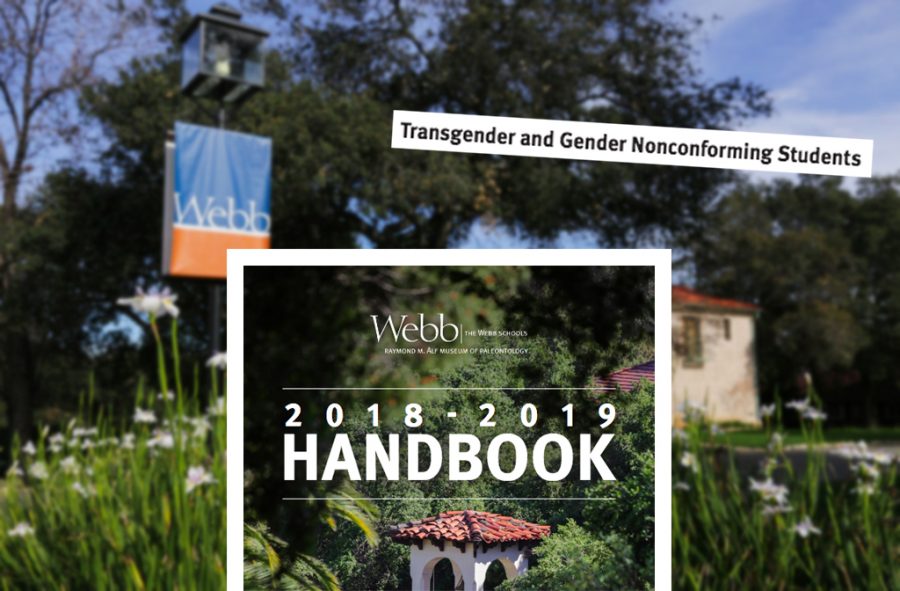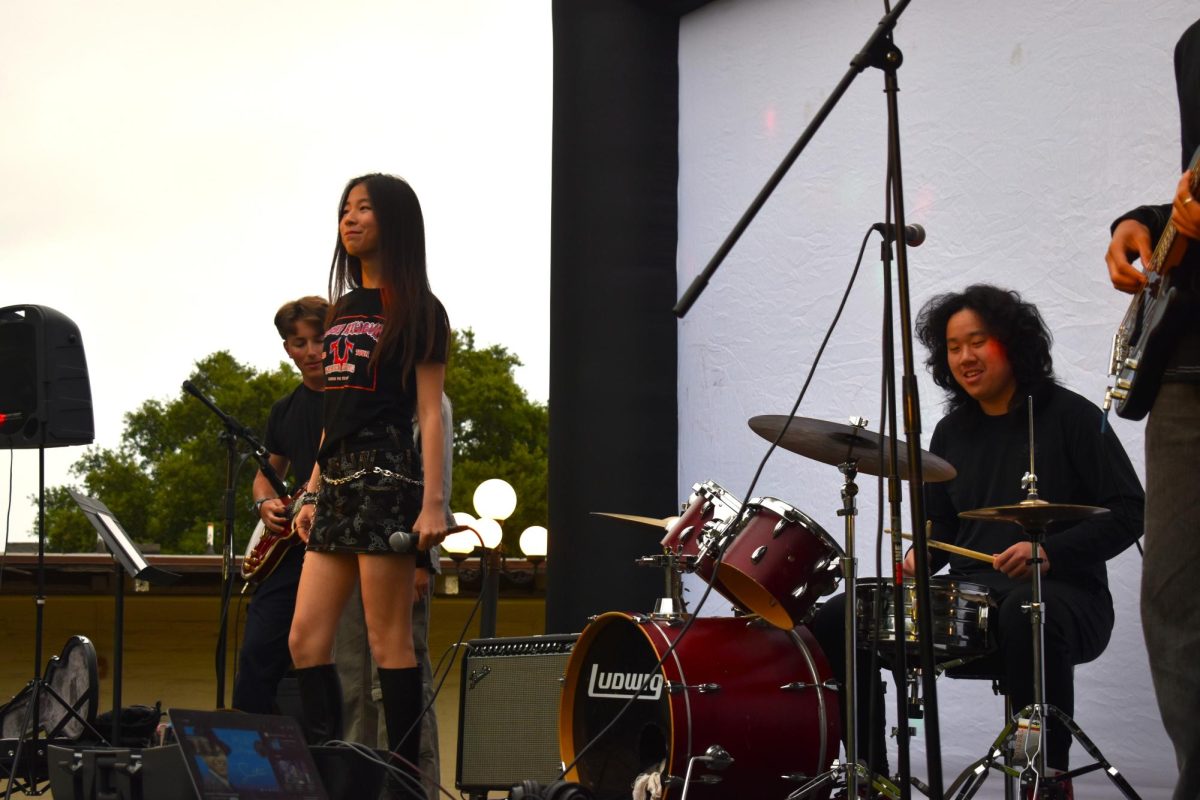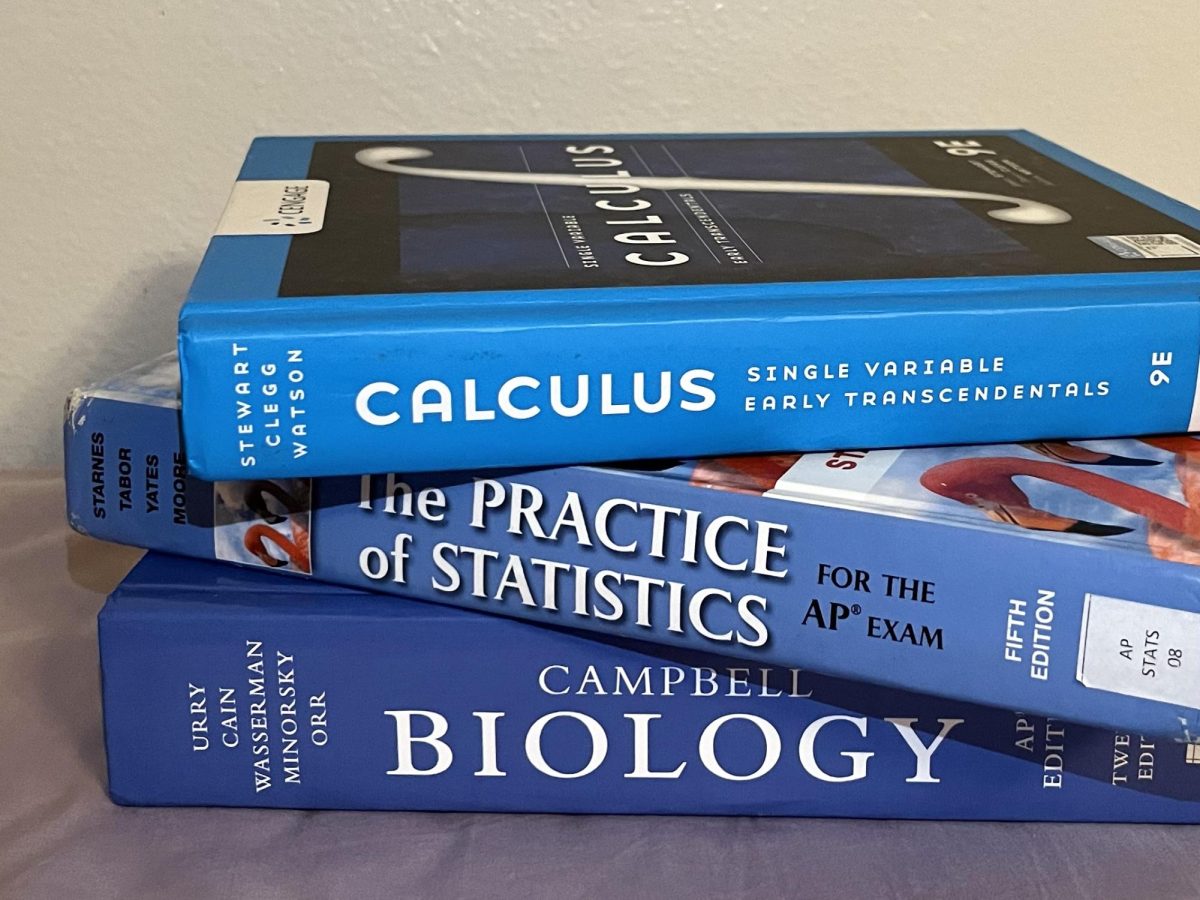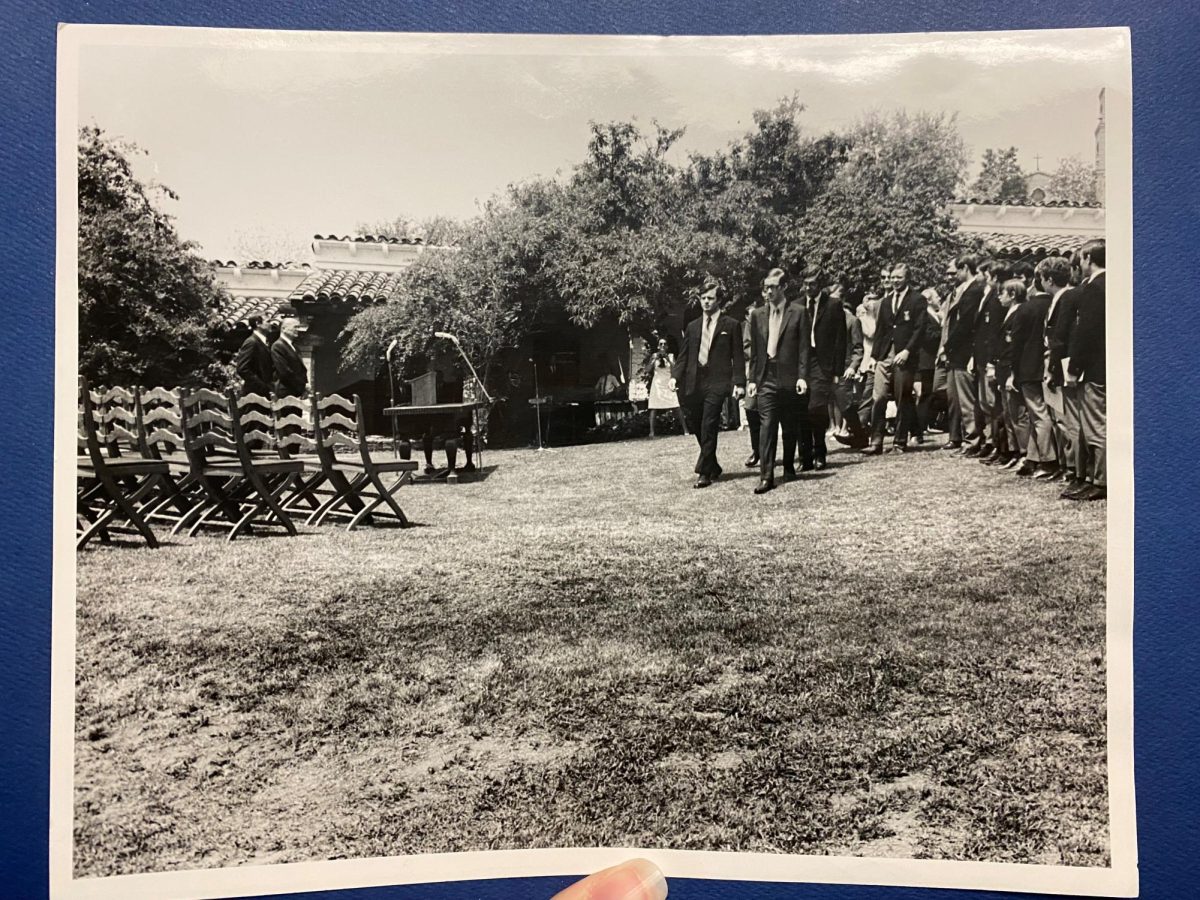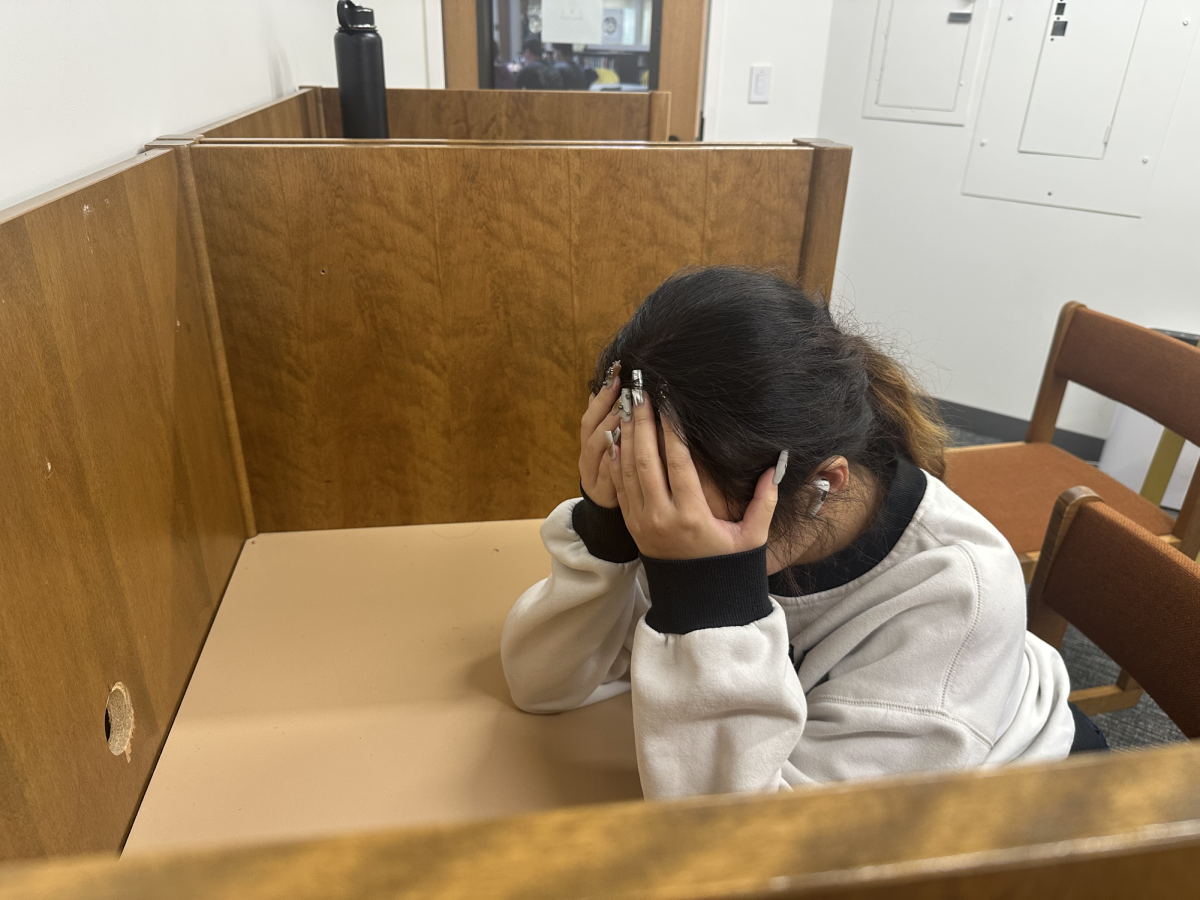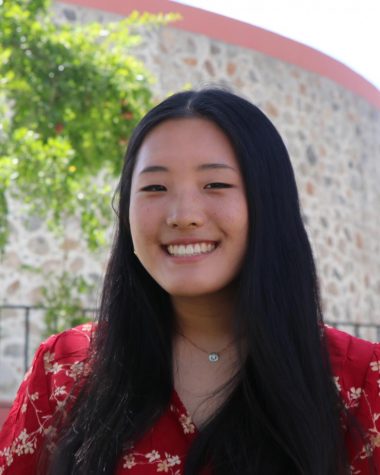The Webb Schools’ administration regularly updates its policies. For the 2018-2019 school year, a new set of guidelines was implemented for “Transgender and Gender Nonconforming Students” (hereby referred to as the “TGNS Guidelines”) and it was added to the student handbook on page 58.
The newly-added section is separated into seven subsections ranging from “Useful Definitions” to smaller guidelines about more logistical matters that involve the TGNS, such as “Official School Records,” and “Athletics.”
The handbook uses definitions of gender from the National Association of Independent Schools, and coins gender as the “attitudes, feelings, and behaviors” that do not necessarily connect with one’s biological sex.
If a transgender student comes to Webb, the guidelines state that “the needs of transgender and gender nonconforming students must be assessed on a case by case basis, and these guidelines set out a practice to facilitate dialogue between individual students and school administration.”
At a school where so many traditions rely on a bilateral school system that splits students up by “gender,” how do these guidelines come in play?
These guidelines further emphasize Webb’s system as a catalyst for discussions about gender. From an outsider’s perspective, it may seem like the separation of “female” and “male” students excludes those to whom the gender binary does not apply. However, with these guidelines in place, Webb allows for conversations between student and faculty.
The handbook defines a VWS student as a student who identifies as a girl. Likewise, a WSC student is someone who identifies as a boy. These guidelines are meant to be student-led, because decisions and choices should be established by the person it affects.
A task force filled with passionate students and teachers came together to construct the guidelines on page 58. Dr. Theresa Smith, Assistant Head of Schools, described the process as thinking of all the ways to support a transgender or gender non binary student. Even if one person has to live in that world, Webb should be prepared to accommodate them.
One of the presidents of the LGBTQ+ and Allies Club, Rachel Kho (‘19), said, “It’s a really great step in the right direction for inclusivity. There are so many good points on the transgender policy like a line that says that every case is different… It’s true because every student is unique and it should be on a case by case basis.”
Co-president of the LGBTQ+ and Allies, Erika Sampson (‘19), said, “It’s one thing to just have rules or guidelines in place, but it means nothing unless you actually do something to implement it.”
After these guidelines were put in place, faculty members attended the Inclusive Schools Network Institute hosted by Gender Spectrum in Fresno, California. There, they learned how to provide more gender inclusive conditions for all students in the school.
Most of the Webb departments are involved in the process of rolling out change, including the Admissions office. Dr. Jamila Everett, Dean of Admissions, said, “These are things that, as a community, we need to decide and talk about in more depth. We’re having those conversations, which is great, but I think in the meantime before we have these firm policies in place it’s all about how we can make a student feel validated, how we make them feel like this is a place where we can work with them to make sure they’re in a welcoming place and that they feel comfortable within the structure.”
Adolescence is a time when people learn about themselves and figure out who they are. Webb, a place that cultivates adolescents into young adults, should stay proactive in helping students with personal development and self discovery.


